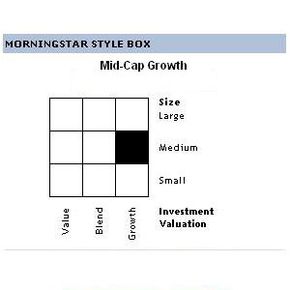Think of investing like a game of roulette. If you bet on a single number in roulette and win, you get paid off 35-1 odds. That's a nice payoff, but the odds are 37-1 that you'll get it wrong. If you want to increase your odds of winning, then you should bet on more than one number at the same time. But for every number that you add, the potential payoff decreases.
Investment diversification is the equivalent of playing a lot of different numbers in roulette. Instead of investing all of your money in a single stock, you invest in a variety of stocks, bonds and other securities. By spreading out the risk, you lower the odds that all of your investments will lose at once. It might not be glamorous, but it's a safe way to grow your money over a long period of time.
Advertisement
That's a very important distinction. Diversification works because it takes the long view of investing. It's nearly impossible to predict the short-term performance of the financial markets. In 1992, the worst performing sector of the market was foreign stocks. In 1993, it was the best performing sector [source: Wells Fargo].
By diversifying your investments, you're acknowledging that the market is extremely fickle. One year, stocks will do great and the next year they'll dip. One year, bond prices will flop and the next year they'll soar. With investment diversification, it's OK if some of your assets do poorly each year. The rule is that the winners, over time, outnumber the losers.
The purpose of investment diversification is to spread out your investment risk and balance it among (and within) the different asset classes: stocks, bonds and cash. Keep reading to learn more about each asset class and how to combine them to create a diversified, balanced portfolio.
Advertisement



